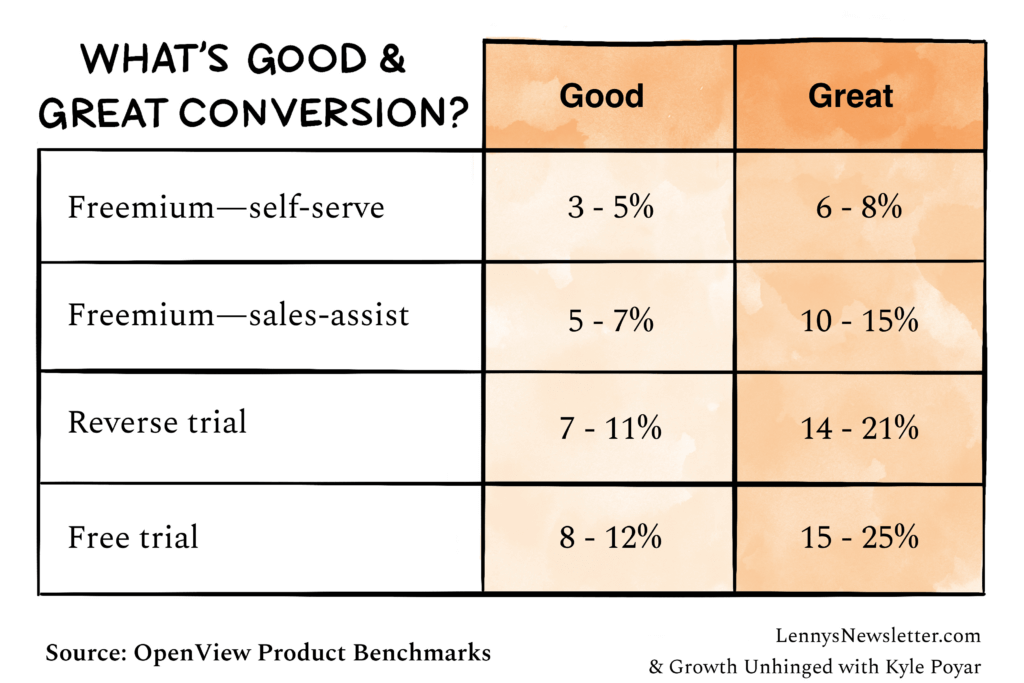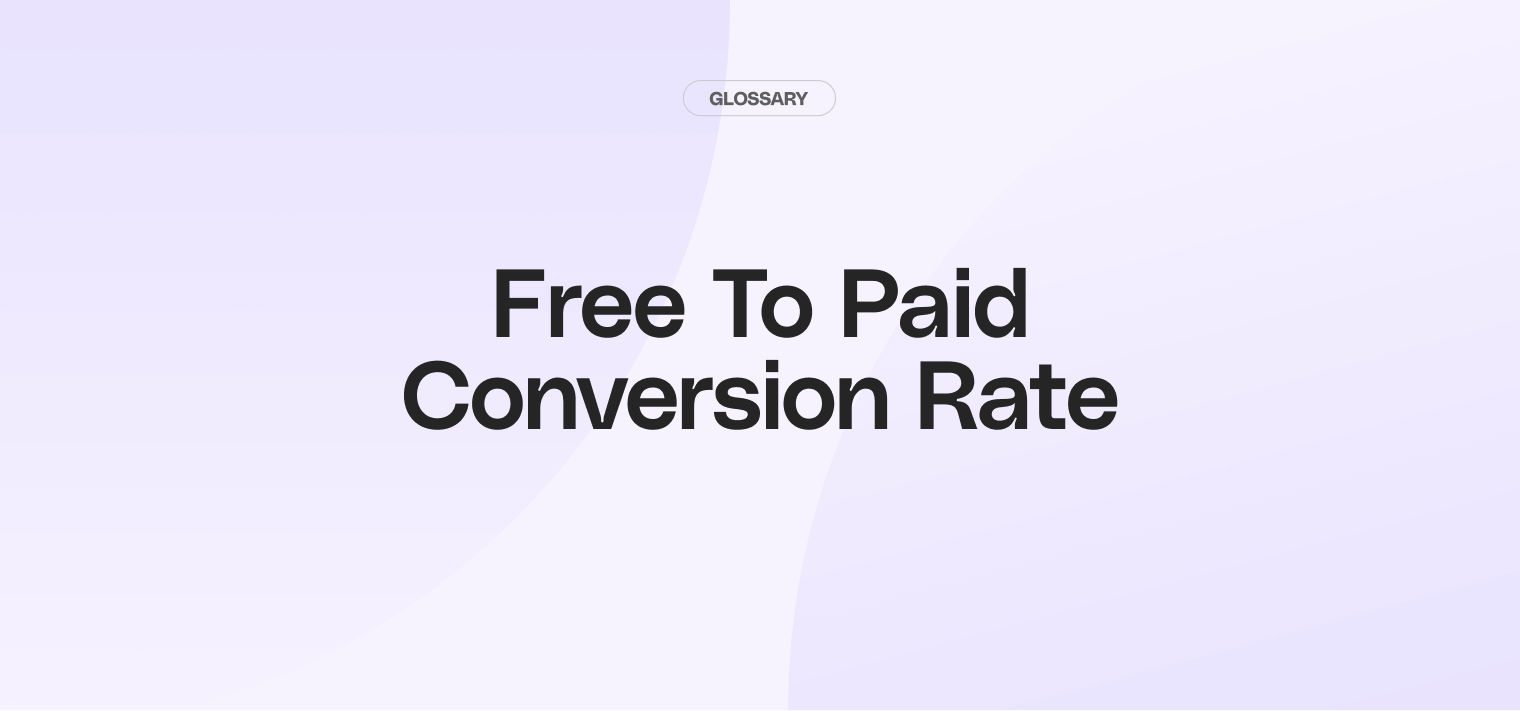In today's digital landscape, businesses are constantly in pursuit of effective strategies to convert free users into paying customers. The free to paid conversion rate plays a vital role in evaluating the success of such endeavors. By comprehensively analyzing this metric, businesses can gain valuable insights into consumer behavior, identify key factors influencing conversion rates, and implement strategies to maximize conversions. This article will delve into the intricacies of the free to paid conversion rate, exploring its definition, importance in business, psychological aspects, measurement techniques, improvement strategies, and common pitfalls to avoid.
| Key Element | Description | Strategies for Improvement |
|---|---|---|
| Definition | Measures the percentage of users converting from free to paid customers. | Implement targeted marketing tactics; optimize user experience. |
| Importance | Crucial for evaluating marketing and conversion optimization efforts. | Analyze conversion funnel efficiency; make data-driven decisions. |
| Key Factors | Includes product quality, pricing, perceived value, and user experience. | Focus on delivering high-quality offerings; optimize pricing strategy. |
| Psychological Aspects | Perceived value and pricing strategies impact conversions. | Enhance perceived value; consider effective pricing models. |
| Measurement | Involves tracking conversions, free users, and revenue generated. | Utilize conversion tracking software; perform A/B testing. |
| Improvement Strategies | Optimize user experience; employ effective marketing tactics. | Improve website usability; leverage personalized communication. |
| Pitfalls to Avoid | Common mistakes include a one-size-fits-all approach and neglecting user research. | Tailor strategies to customer segments; track relevant metrics. |
Definition
The free to paid conversion rate is a metric that measures the percentage of users who transition from using a product or service for free to becoming paying customers. It indicates the effectiveness of converting free users into a revenue-generating customer base.
This conversion rate is often used as a key performance indicator (KPI) to assess the success of marketing and conversion optimization efforts.
Importance of conversion rate in business
Understanding and enhancing the free to paid conversion rate is crucial for businesses aiming to achieve sustainable growth.
By analyzing this metric, businesses can determine their conversion funnel's efficiency, identify improvement areas, and make data-driven decisions to maximize revenue.
A high conversion rate indicates that the business has attracted and retained valuable customers. Contrastingly, a low conversion rate highlights the need for optimization to drive better results.
Key factors influencing conversion rate
The free to paid conversion rate is influenced by several factors. Factors such as product quality, pricing, perceived value, user experience, trust, and brand reputation all influence consumer behavior.
A holistic understanding of these factors enables businesses to develop effective strategies for boosting conversion rates.
- Product Quality: The quality of a product or service is crucial in determining whether a user will convert into a paying customer. A product that meets or exceeds customer expectations is more likely to result in a higher conversion rate. Businesses must focus on delivering high-quality offerings that provide value and solve customer pain points.
- Pricing: The pricing strategy employed by a business can greatly impact this metric. A well-balanced pricing structure that aligns with the perceived value of the product or service can entice users to make the transition to becoming paying customers. Businesses must carefully analyze market trends, competitor pricing, and customer willingness to pay to optimize their pricing strategy.
The psychology behind free to paid conversions
Understanding the psychological underpinnings of the free to paid conversion process is essential for businesses seeking to increase their conversion rates. Two key aspects influencing conversions are the perceived value of the product or service and the impact of pricing strategies.
The role of perceived value
Perceived value refers to the subjective worth a consumer assigns to a product or service. It is influenced by product features, benefits, reputation, and the overall user experience. By enhancing the perceived value of their offerings, businesses can create a compelling proposition for free users to convert into paying customers.
Impact of pricing strategies
Pricing strategies have a profound impact on the free to paid conversion rate. Businesses must carefully consider their pricing models, taking into account factors such as market competition, product positioning, perceived value, and customer willingness to pay. Effective pricing strategies that balance profitability and customer satisfaction can significantly influence the conversion rate.
Measurement
Accurate measurement of the free to paid conversion rate is crucial for businesses. It allows them to evaluate the effectiveness of their conversion strategies and make informed decisions. Various essential metrics and tools can aid in the analysis process.
Essential metrics for conversion rate analysis
Conversion rate analysis involves tracking and analyzing several key metrics. These include the number of conversions, total free users, conversion funnel drop-off rates, customer lifetime value, and revenue generated from converted users.
By closely monitoring these metrics, businesses can gain insights into their conversion efficiency and identify opportunities for improvement.

Tools and techniques for conversion rate measurement
A multitude of tools and techniques are available to measure the free to paid conversion rate effectively. Conversion tracking software, website analytics tools (e.g. Google Analytics), and A/B testing platforms enable businesses to track user behavior, identify conversion bottlenecks, and experiment with different conversion optimization strategies.
Leveraging these tools empowers businesses to make data-driven decisions and drive meaningful improvements in their conversion rates.

Improvement strategies
Enhancing the conversion rate requires a multifaceted approach that addresses various aspects of the customer journey. By implementing the following strategies, businesses can optimize their conversion funnel and improve their chances of converting free users into loyal paying customers.
Optimizing user experience for higher conversions
A seamless user experience is paramount in driving conversions. By understanding user pain points, improving website or product usability, simplifying the conversion process, and implementing persuasive design techniques, businesses can create an environment that encourages free users to take the leap and become paying customers.
Effective marketing tactics for conversion rate boost
Employing targeted marketing tactics can significantly impact the free to paid conversion rate.
Leveraging personalized communication, offering incentives, implementing remarketing campaigns, and building customer trust through social proof and testimonials are effective strategies to persuade users to make the transition from free to paying customers.
Pitfalls to avoid in free to paid conversion process
While striving to optimize their conversion rate, businesses must be mindful of common pitfalls that can hinder their progress. Awareness of these challenges empowers businesses to proactively address them and maximize their conversion rate improvements.
Common mistakes in conversion rate optimization
One of the most common mistakes businesses make in conversion rate optimization is employing a one-size-fits-all approach. Every business has a unique customer base, and tailoring optimization strategies to specific customer segments yields better results.
Additionally, neglecting to track and analyze relevant metrics or failing to conduct thorough user research can hinder conversion rate improvements.
Overcoming challenges in conversion rate improvement
Businesses often encounter challenges when attempting to improve their conversion rates. These challenges include potential bottlenecks in the conversion funnel, ineffective messaging or value proposition, poor website performance, and lack of trust or credibility.
By identifying and addressing these challenges, businesses can remove barriers and facilitate smoother conversions.
Understanding this metric and conducting a comprehensive analysis can provide businesses with invaluable insights into optimizing their strategies.
Unlock the full potential of your free to paid conversion with Cello
Ready to transform your free users into a powerful growth engine? Cello is your go-to solution for integrating a peer-to-peer referral program into your SaaS product effortlessly. With Cello, you can make sharing your product seamless and rewarding, propelling viral growth and enhancing user experience. Experience the simplicity of our platform with approximately 4 hours of development time, immediate payback from day one, and an average free to paid conversion rate of 14%. Don't miss out on the opportunity to see how Cello can revolutionize your conversion strategy and drive sustainable growth. Book a demo to see Cello in action and start your journey towards higher conversion rates today.
Resources
Related Articles

Complete Guide to your B2B Referral Program
Want to get started with B2B referrals? Check out our complete guide to your B2B referral ...

Best Referral Software for SaaS with Chargebee Integration: The Definitive Guide to Revenue Attribution
The Strategic Convergence of Billing and User-Led Growth In the contemporary landscape of B2B ...

